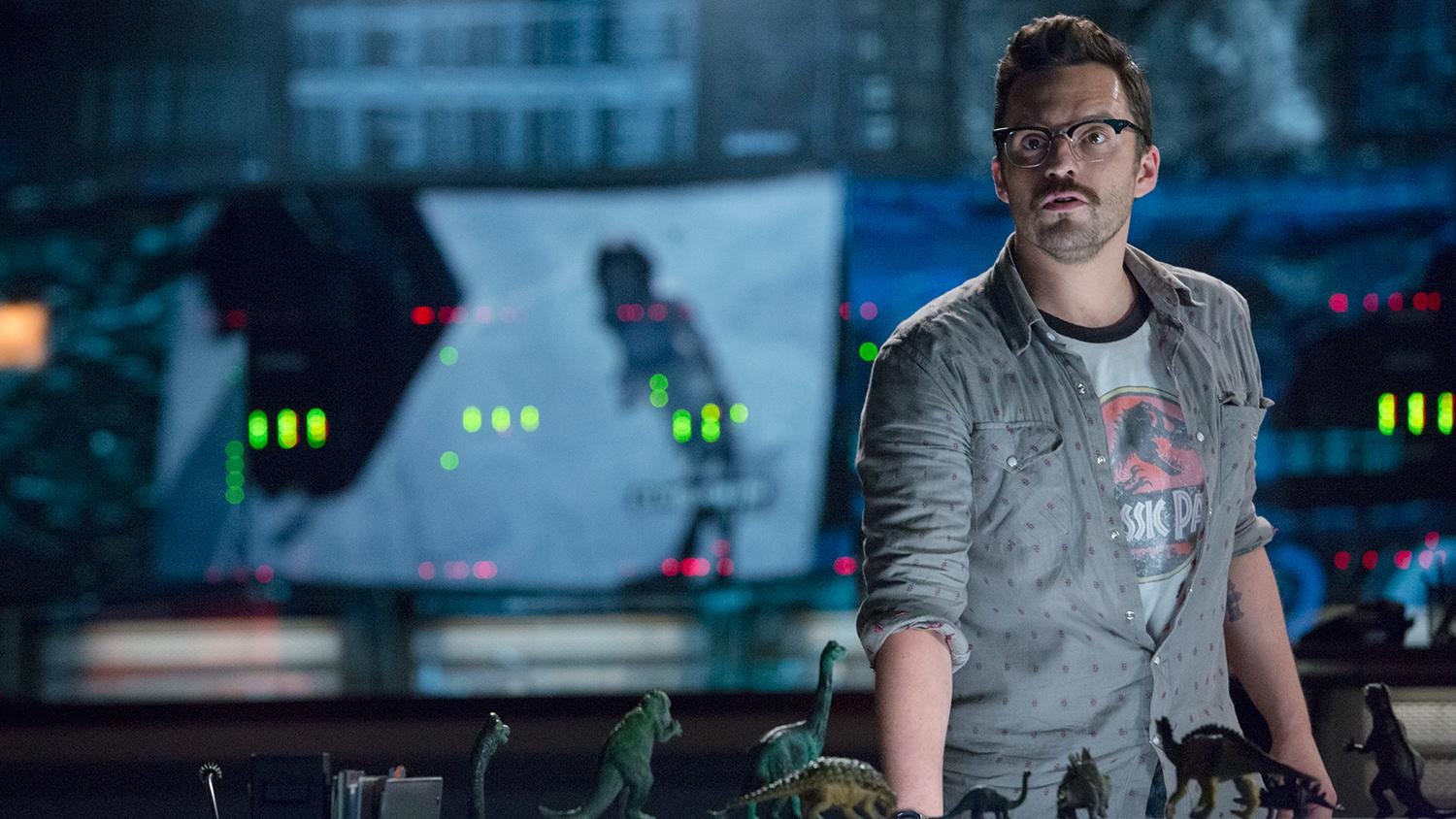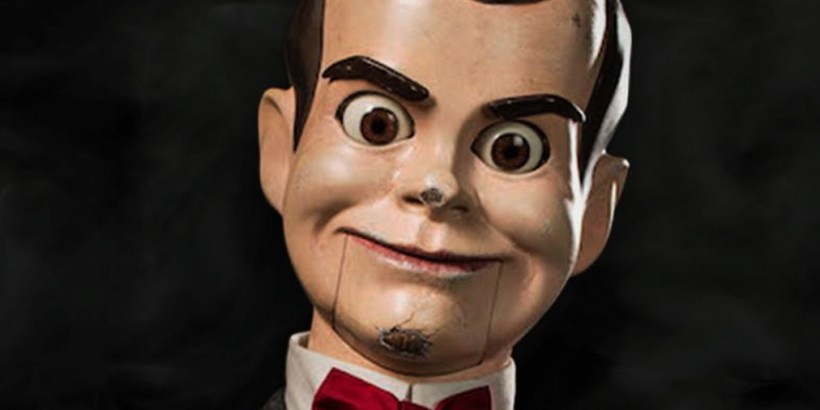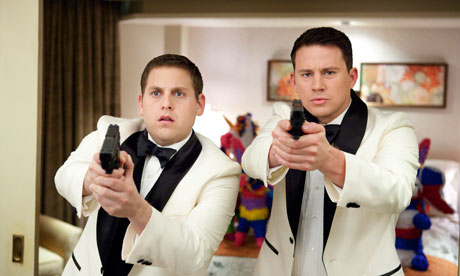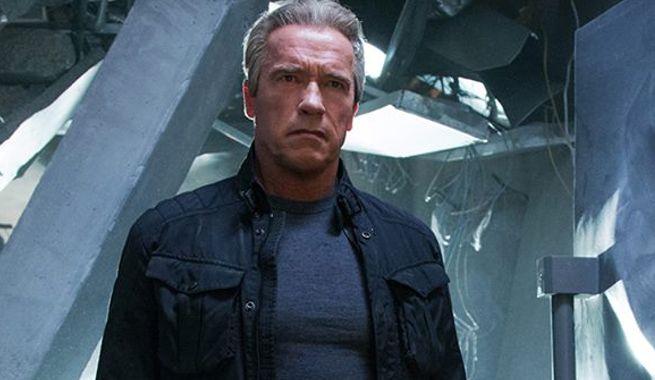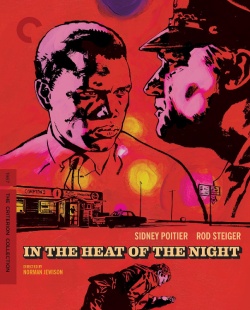“That first park was dope” Jake Johnson’s Lowrey says at one point during Jurassic World, ushering in the nostalgia driven love fest that would define that film. 2015 really has been the year of the nostalgic throwback. Of course, the term nostalgia has existed for ages, dating as far back as the time of ancient Greeks with the phrase “nóstos” or “homecoming.” Every age goes through some form of nostalgia, mostly in the general rule of having a throwback popularity for pop culture ephemera that dates back to a rough 15-30 years previous. Yet, nostalgia became far more of an explicit hot commodity in the dawn of the new Internet millennium as we saw the rise in more excessive plays on nostalgic love of the 1980s and now the 1990s.
2015 seems to be the apex of this movement, with the heavily referential World becoming the third highest grossing film of all time and sites like BuzzFeed that built themselves on nostalgic love reaching a net worth of $850 million. Certainly, some of this can be disconcerting and even depressing on certain levels, especially when one reads stories about the Transformers franchise having multiple entries coming down the pipeline. Yet, other films banking on nostalgic pandering from this year like Terminator Genisys or Pixels couldn’t catch on. Delineating what nostalgia attracts or doesn’t attract an audience heavily depends on several factors. Here are just a few to consider for potential success for both box office and (more importantly) quality.
#1) Respect for the Property
Nostalgic properties are constantly being considered for revamping, but few of them are put on such a chopping block with the appropriate amount of knowledge for what that property is. Your average Hollywood screenwriter likely wasn’t the main audience for the intellectual property when it was at the peak of popularity, but those that commit some research tend to have better outcomes. Treating the nostalgic IP—whether it be a book series, cartoon or a video game—with some amount of sincerity is usually key. For example, multi-Oscar nominated team Larry Karaszewski and Scott Alexander were definitely not the target demographic for Goosebumps when it was originally released, yet they managed to make a film adaptation that felt faithful to the tone of the property it came from. They treated the monsters of RL Stine with a reasonable amount of respect, albeit while creating a new meta narrative story to place them in.
On the flip side, you have something like this past summer’s massive disappointment Pixels, a sloppy reconfiguration of classic arcade game characters like Pac-Man or Donkey Kong that merely plopped the beloved icons of the art form into a half baked action comedy through a Happy Madison lens. It felt as if Sony Pictures didn’t have any appreciation or confidence in the properties to carry the film and instead rely on Adam Sandler’s PG-13 level schtick to bring in audiences. Unfortunately for them, it ended up having a rather lukewarm financial performance, mainly due to a general fatigue in Sandler’s star power. If Sony had decided to invest in a movie that embraces these characters for who they are and what they mean to people with a nostalgic remembrance of these properties. The mere presence of Sandler signaled to most audiences that would have had interest in that premise were immediately turned off, proving that Sony’s blunder was dismissing the property as a mere side step to producing another bland vehicle for a falling star.
#2) Take Appropriate Risks
Sometimes a nostalgic property is a bit too untenable as a property to put on the silver screen. It’s a factor Hollywood is never really against taking as long as they have a strong IP, but filmmakers can often struggle with how to adapt something to a big screen. Take for example the Battleship film; turning a board game with nostalgic connections to multiple generations of players into a Michael Bay Transformers style CG heavy over bloated summer action movie seemed like a good idea on paper. Ended up being a massive failure for both Universal and Hasbro, resulting in them restructuring their strategies for adapting further toy properties… but we’ll get to that in the next rule. Point being, the risk of the board game film fitting into a pre-established mold didn’t mesh and negated much interest this attempt at the property.
Alternatively, taking more of an appropriate risk with the idea seems far more plausible and if anything can reinvigorate interest in an IP most audiences wouldn’t care about. Two prominent examples took rather cheesy shows that would be quite hard to feasibly adapt and made them hilarious indictments of their modern times; The Brady Bunch Movie and 21 Jump Street. Brady Bunch took the ingenious route of placing these characters who were already dated in their original air time of the 1970s and placed them in a cultural clash of the 1990s to hysterical effect. Alternately, 21 Jump Street took the concept of young cops going undercover as high schoolers and milked the meta infused commentary for all it was worth, criticizing how both cops clearly looked too old for high school and blatantly calling the program an attempt to “revive a program from the 1980s.” Hell, the sequel 22 Jump Street went a step further and made similarly meta contextual jokes about the idea of a sequel following up a surprise hit. In either case, both Bunch and Jump Street decided to think outside of the box & give these properties people loved a different context that allowed for feature film expansion while keeping a certain amount of respect for the IP in question.
#3) Consider the Audience
Nostalgia is mainlined by two types of audiences; people who consumed the media of choice when it was originally relevant and those who were too young/weren’t born at the time who have curiosity from a modern perspective. Considering both those markets are ultimately key the success or failure of the relaunch, as you want a solid audience of nostalgic adults curious about a revamp yet at the same time want just as much (if not more) of a youthful audience interested in a modern take. Probably the best example of appealing to this really was Jurassic World, a film I didn’t personally care for, but really knew how to find a middle ground between its two target audiences. While appealing to the nostalgic older audience with a clear reverence for the original film and its iconography (both in terms of direct plot points and the structure of set pieces), the special effects, dinosaur designs and animalistic nature displayed appealed to younger kids that may enjoy Jurassic Park yet desire more of a current action pace.
Alternatively, you have something like this past weekend’s flop Jem and the Holograms. A property like this really doesn’t have the same kind of name recognition that Hasbro’s more mainstream hits like the Transformers franchise, but could at the very least appeal to a female niche of viewers who grew up with the show and a younger crowd that could be endeared by the idea of a a female driven pop star fantasy. Unfortunately, it seems clear that both saw through the rather cheap Blumhouse production quality from its trailers. Audiences are savvy enough to know when they’re being insulted, but more importantly know when something isn’t worth spending theater money on. When they have so many other options, a rebranding of an old property really does have to do more than slap a name on a cheap familiar story.
Perhaps the biggest red flag IP owners need to have to resurrect a property ultimately is when to stop. While some ideas can be tinkered with and reimagined for decades upon decades, others honestly don’t have the stain power to keep going. People will often reject certain properties after they’re shoved down their throats so many times, particularly with brands that retread much older territory without any innovation. Terminator Genysis suffered rather largely this summer by resting on older laurels that audiences didn’t care anymore, leading the potential franchise to wither on the vine. The franchise suffered a similar disinterest, but with a complete 180 degree approach with Salvation years earlier. That film strove to do something different by focusing on the future war we had only seen glimpses of previously, but didn’t grab the attention of the audience at all. Terminator 3: Rise of the Machines was the last big gross the series had, mostly likely because it came at the right nostalgic mark for audiences that love the first two films in 2003. Now, the franchise feels tired and worn, as does Arnold Schwarzenegger’s career ultimately does given his other recent flops.
Now matter what the reason, other properties that haven’t survived attempted reinvigoration from this year, like the Poltergeist remake, the adaptation of Man from U.N.C.L.E. or even the old school Disney future prediction wonder of Tomorrowland. They’re all properties of some name, but they’re proof that one can’t rely merely on name recognition alone. Audiences do respond to properties that are done well and, more importantly, properties they recognize being done well. Nostalgia is a touch market to crack, but hopefully these rules will serve as a solid guideline… until Blumhouse produces a dark reboot film of I Love Lucy directed by Rob Zombie that makes millions. Then all of this gets thrown out the window.


